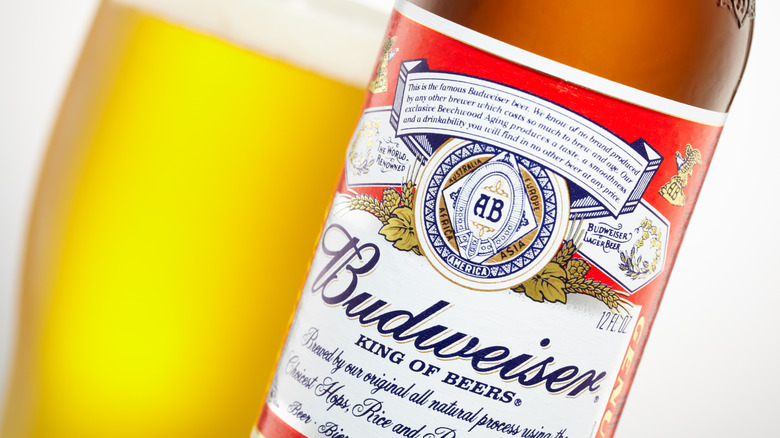As one of the ten oldest brands in the United States – and the definition of a domestic beer – Budweiser has a long history as Anheuser-Busch’s flagship brand. There have been plenty of other Bud brands over the years, some of which have been successful and enduring, like Bud Light, while others have had a shorter lifespan. Example: Does Bud Dry ring a bell? Not everyone will remember the Budweiser offshoot that was on the market from 1989 to 2010, when it was discontinued. The pale lager was brewed using Anheuser-Busch’s exclusive DryBrew method, resulting in a fresh, less sweet taste without an overpowering aftertaste. The motivation behind creating Bud Dry stemmed from positive consumer response to Michelob Dry, another Anheuser-Busch beer and one of the first premium dry beers brewed in the US, introduced in 1988.
Advertisement
Bud Dry’s slogan, “Why ask why? Try Bud Dry,” likely reflected what was on some consumers’ minds: Is Bud Dry really necessary? Especially considering that Budweiser and Bud Light already existed and were among the best-selling beers at the time. However, dry beer flooded the market in the US and other countries, prompting Anheuser-Busch to jump on the bandwagon.
Why dry beer?
Dry beer started as a popular beer in Japan in the late 1980s/early 1990s and eventually made its way to other regions including the US, Canada and Europe. While not all dry beer was the same, there were a few common characteristics that market researchers found consumers were interested in, including a refreshing, less sweet beer with a weak aftertaste or little to no aftertaste or aroma. Different ways to make beer dry or bitter include brewing it with different yeast strains, adding more hops and letting it ferment longer. Although some dry beers have a higher alcohol content, Mary McHugh, spokeswoman for Bud Dry in the late 1980s/early 1990s, said, according to the New York Times at the time, “Our beer is made for taste, not more alcohol.”
Advertisement
Bud Dry was founded to attract new beer drinkers to the market, but it may not have been as successful as brewers had hoped. According to Anheuser-Busch (via the New York Times), Bud Dry sold 3.2 million barrels in its first year and had a marketing budget of $70 million, much of which went to creating “Why Ask Why” commercials campaign that appealed to many people. wider audience (the first round of Bud Dry commercials were criticized for overt sexism). But with the introduction of Bud Ice in 1994, Anheuser-Busch slowed its marketing efforts for Bud Dry as its popularity waned, eventually abandoning the dry beer entirely.




